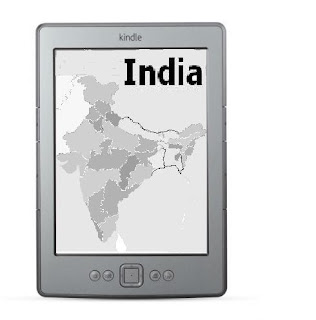As
iPhone 5 gets set for its worldwide retail launch,
iOS 6, the new operating system that was made available for download this week and comes bundled with the new phone, has come under a cloud for its flagship offering: its Maps application. Billed as the most significant of the 200 new features of the release, the new-improved application replaces Google Maps.
For a
company whose USP has been its ability to wow consumers and sweep them off their feet with successive iterations of products, this release is a major disappointment. It’s been written-off early as buggy, inaccurate and inefficient. A popular Tumblr blog documents scores of gaffes thrown up by the iOS 6 Maps in geographies across the globe: these range from misspelled city names, wrong directions to simple street addresses, and landmarks and businesses that don’t exist anymore, to cities being labelled in the middle of the ocean or, more famously, a farm being tagged in the middle of an airport.
The huge outcry on social media, and elsewhere, even forced Apple to issue a statement defending its product as “a work in progress”. “Maps is a cloud-based solution, the more people use it, the better it will get,” the Apple statement said.
The fact is that mapping is a crucial function, and most smartphone users value the service immensely. What’s frustrating users, those that eagerly went for the upgrade, is that Apple has given Google Maps the boot, along with the YouTube app that no longer appears in the default option on home screens (YouTube, though, is still available for download at the App Store).
Apple’s move is anticipated and entirely predictable: it’s evidently a bid to purge its operating system of the spectre of the hugely popular products developed by its arch rival, Google.
Indeed, Google has a seven-year lead when it comes to maps. So, while it’s natural for Apple to want to reclaim this space, or at least attempt to, from its rivals, it would have been wiser for the company to test the waters or at least allow an alternative to it’s users. Users can still access Google Maps from the browser, but the user experience is hardly as rich as it is when accessed directly through the app.
The negative publicity over the Maps fiasco has deterred many Apple users from embracing the new upgrade. The Maps interface is worse in ‘emerging markets’. In India, for instance, it’s mostly all the major highways that show up, and major landmarks are misspelt, mis-tagged or simply missing, rendering the entire Maps experience useless. For instance, a Maps user in Bangalore pointed out that the Indian Institute of Management was tagged as ‘LIM’, making it impossible to trace. Many landmarks are tagged way off the mark, and even in the cities, many roads are simply missing.
The same is true of users in countries such as Brazil, Taiwan and Thailand, going by news reports, where people have found that with Google Maps going blank, they’re left with no maps feature on their phones.
GOOGLE UPS THE ANTE
Significantly, just a week before the iOS announcement, Google enabled two key features on its maps application: navigation services in the form of turn-by-turn, voice-guided directions; and real-time traffic updates in six major cities. Though Google, at the time, declined to comment if it was upping its game given the impending Apple announcement, the timing indicates that it was pre-empting competition.















































.jpg)

